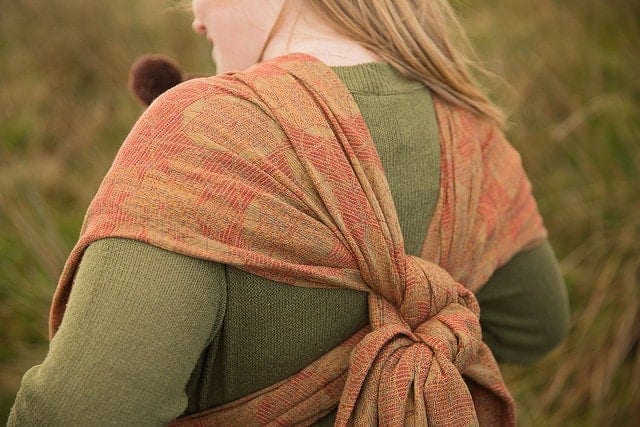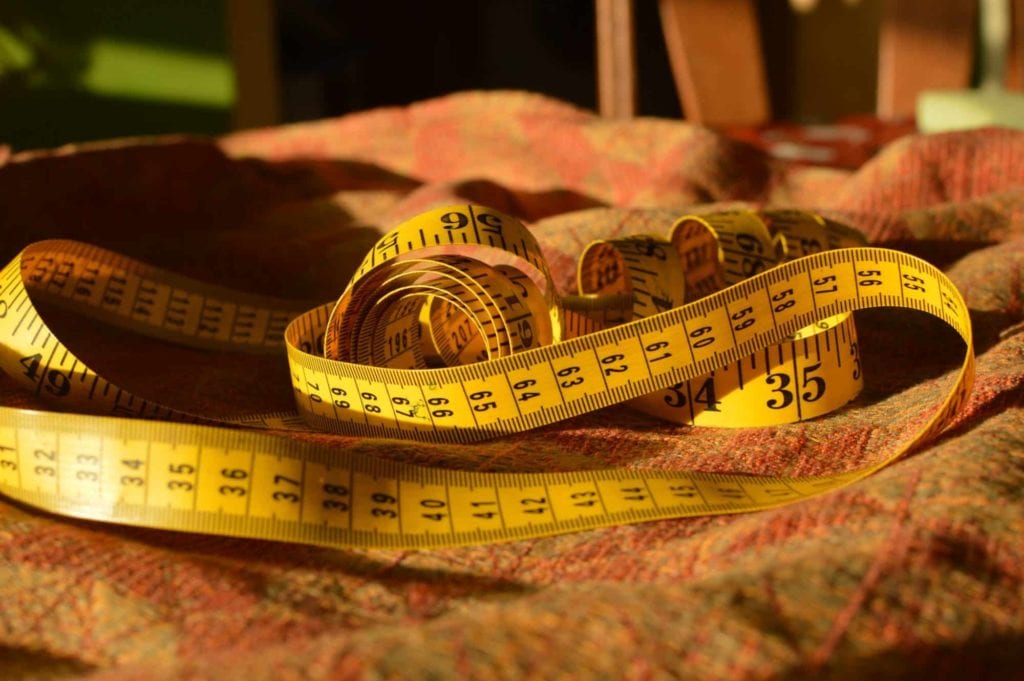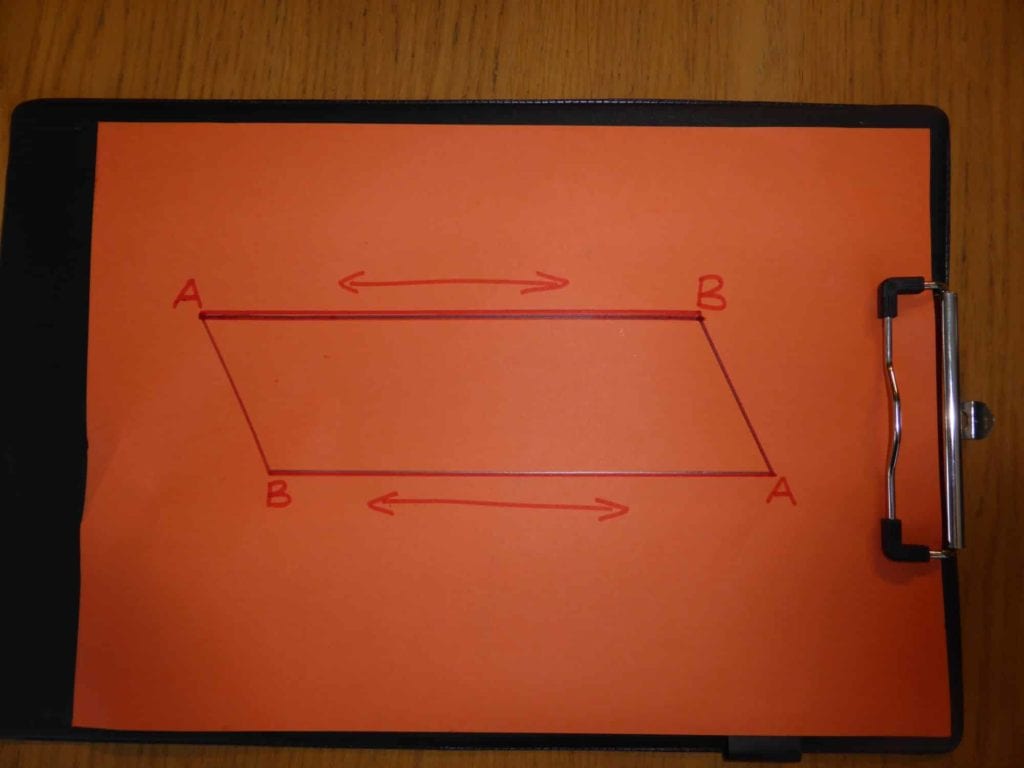Understanding and Caring for Wraps
Measuring a Woven Wrap: Soft Tape Measure in Hand (STIH)
Woven cloth is ‘dynamic’- it can stretch and contract, grow and shrink depending on what is happening to it at the time, whether or not it has been washed or ironed recently (and even how it was washed).
Trying to measure something that can change length is pretty tricky! The babywearing community has created a general standard for measuring which is designed to create some consistency. This is important because different measuring methods can give very different length readings for the same wrap. By sticking to a single system we minimise discrepancies.

The style of measurement that we use is referred to as “soft tape measure in hand’, often abbreviated to STIH. There are two key points to this system
Soft Tape Measure
A soft tape measure (or measuring tape) is sometimes known as a tailor or dressmaker’s tape. As the name suggests, it is soft and very flexible. Many will have both metric and imperial measurements on them. Rigid measures such as metal retractable tape measures, metre rules or yardsticks as less adapted to measuring fluid surfaces. They are also harder to use accurately when holding something floppy to measure it.

Soft tape measures do need treating with a little care, as they can become stretched and distorted if put under undue stress.
In Hand
It might seem more sensible to lay all the cloth out on a flat surface and measure it flat. This however, can only give you the measurement of the cloth in its current state of contraction. If your wrap had just been washed it would be likely to measure considerably shorter than if it had been worn all day.
By measuring in hand, you are placing the cloth under a certain amount of tension- you’re stretching it out slightly to find its optimal length. By this, we don’t mean pull it as tight as you can possibly manage, just stretching it as far as it will comfortably go, to reach its naturally taut state.
This mimics the stretching that occurs when you wrap your child, so it gives you a more accurate reading of length.
For example, you may have two wraps that, when laid out on the floor, both measure exactly 4m with a wooden metre stick. The first wrap has just been washed, is a looser weave and has more natural stretch. When you measure it STIH, you find that it actually measures closer to 4.2m (and could stretch to 4.24cm if you pulled it ridiculously tight, but 4.2m feels like its ‘natural’ comfortable tension).
The second wrap is quite densely woven, well broken in and doesn’t have much recoil. When you measure that STIH, it still measures just over 4m, so no real difference between the contracted and taut states. You then find that the first ‘wraps’ much longer than the second, even though they measured the same laid out on the floor.
Measuring STIH gives you a ‘working’ measurement- one that tells you how much actual length you’ll have to tie around you when you are wrapping, not how much length you’ll have when the wrap is sat on the table!
The length of a wrap is measured all along one of the hems, from the tip of the taper point along to the end of that hem. Wraps are parallelograms (squashed rectangles), so although the two long ends don’t sit directly above each other, then both measure exactly the same.
On the diagram below, you would measure along one of the longer lines, from point A to point B. 
This same technique works for measuring both the length and width of a wrap. The width often needs to be stretched a little more taut than the length in order to get an accurate reading, as making a seat for your child puts it under maximum tension.
